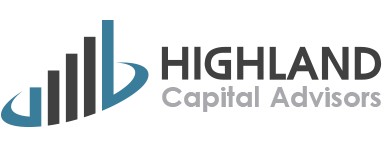Seeking, Finding and Consolidating Your Accounts
Having all of your money in a single account can make your life so much easier!
The Average Person Has 12 Jobs During the Course of Their Career.¹
That’s a lot of jobs — and a lot of 401(k) accounts.
Around 25 million Americans have left money behind in an old 401(k) when leaving a job²
What to do with all those old 401(k) accounts?
You have options:
- Leave the account where they are
- Roll one or more account over to your current employer’s 401(k)
- Roll one or more into an Individual Retirement Account (IRA)
- Cash-out the account value
Consolidating your account can help make your life easier.
Want to make your financial life simpler? Start by consolidating your retirement accounts!
- Managing multiple accounts across several institutions can be confusing. The fewer retirement accounts you have, the easier it is to keep track of your savings and stick to one consistent, cohesive investment strategy.
- You might be paying more in fees than you need. Often, consolidating accounts helps save you money!
- Making mandatory withdrawals is easier. Starting at age 72, the government says you must make required minimum distributions (RMDs) from specific retirement accounts, including 401(k)s and Individual Retirement Accounts (IRAs). Having your retirement savings in a single account can help you simplify RMDs and avoid potential costly tax penalties.
- Consolidating may reduce the temptation to cash out. Savers with balances less than $1,000 cash out their retirement accounts 60-84% of the time. Conversely, those with a $10,000 balance leave their money in their 401(k) 97% of the time.³ Our advice: don’t tap into your retirement accounts if you don’t need to — save your money for the future.
- A bonus of that larger balance? Having all your retirement savings in one place provides the opportunity to clearly see the effects of real time account valuation over time.
Highland maintains important disclosures about its status as a Registered Investment Advisor with the SEC in its Form ADV Part 2. Copies of this document are provided at the inception of every relationship and can be accessed any time thereafter directly through the SEC
- Bureau of Labor Statistics. “Number of Jobs, Labor Market Experience, and Earnings Growth: Results from a National Longitudinal Survey.” Press Release. August 22, 2019.
- United States Government Accountability Office. “401(k) Plans: Greater Protections Needed for Forced Transfers and Inactive Accounts.” November
2014. - Bailey, Sabrina and Pang, Gaobo. Northern Trust. “The $10,000 Hurdle.” February 2019.
Investing involves risk, including potential loss of principal. This material was created for educational and informational purposes only and is not intended as ERISA, tax, legal or investment advice. If you are seeking investment advice specific to your needs, such advice services must be obtained on your own separate from this educational material.



